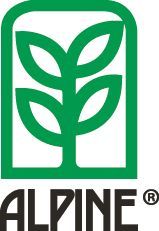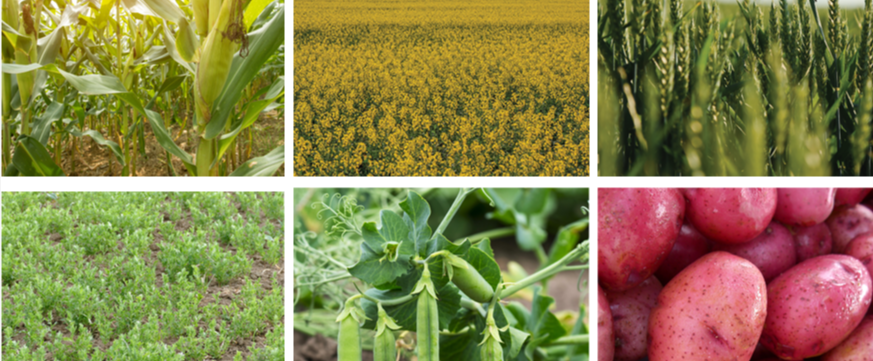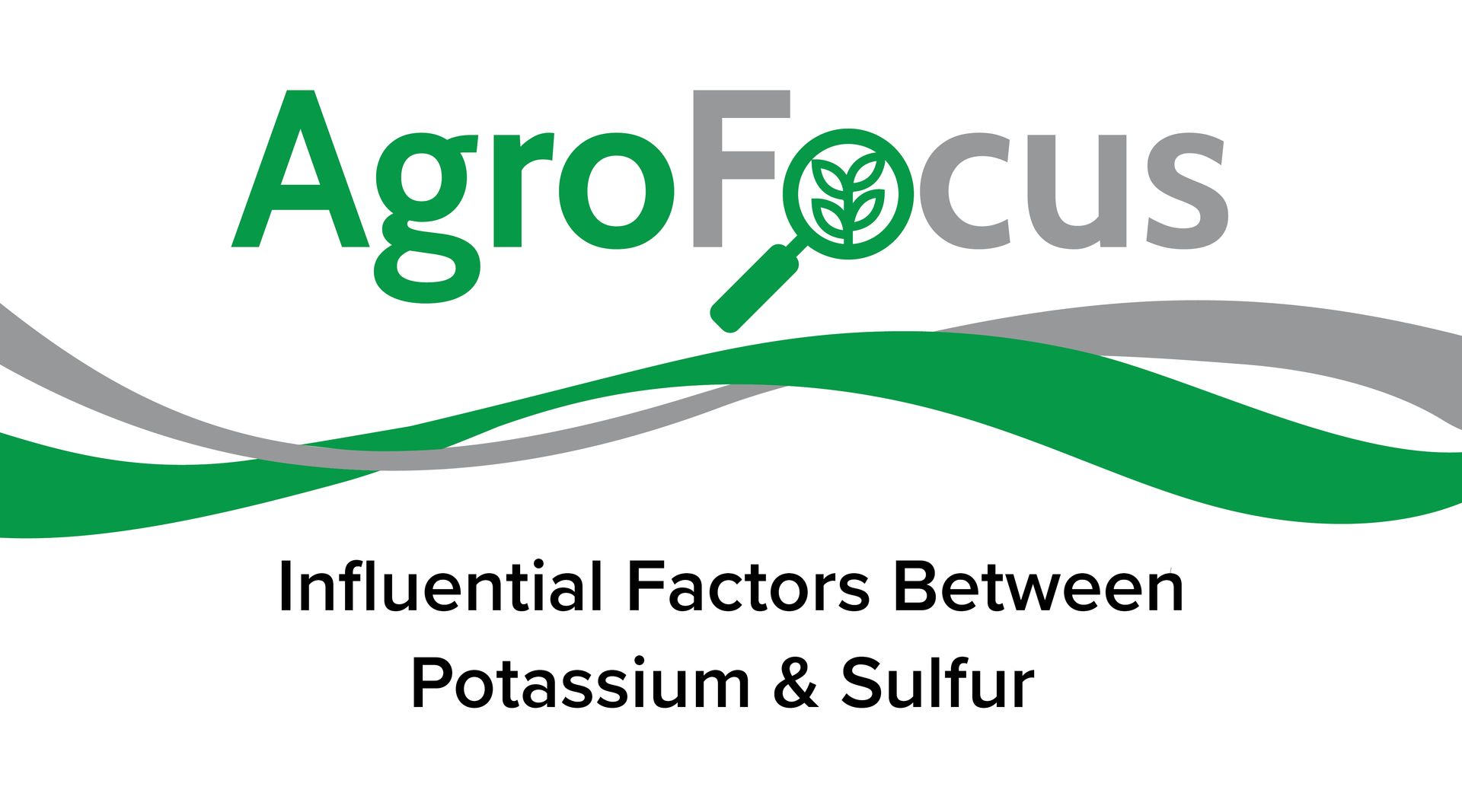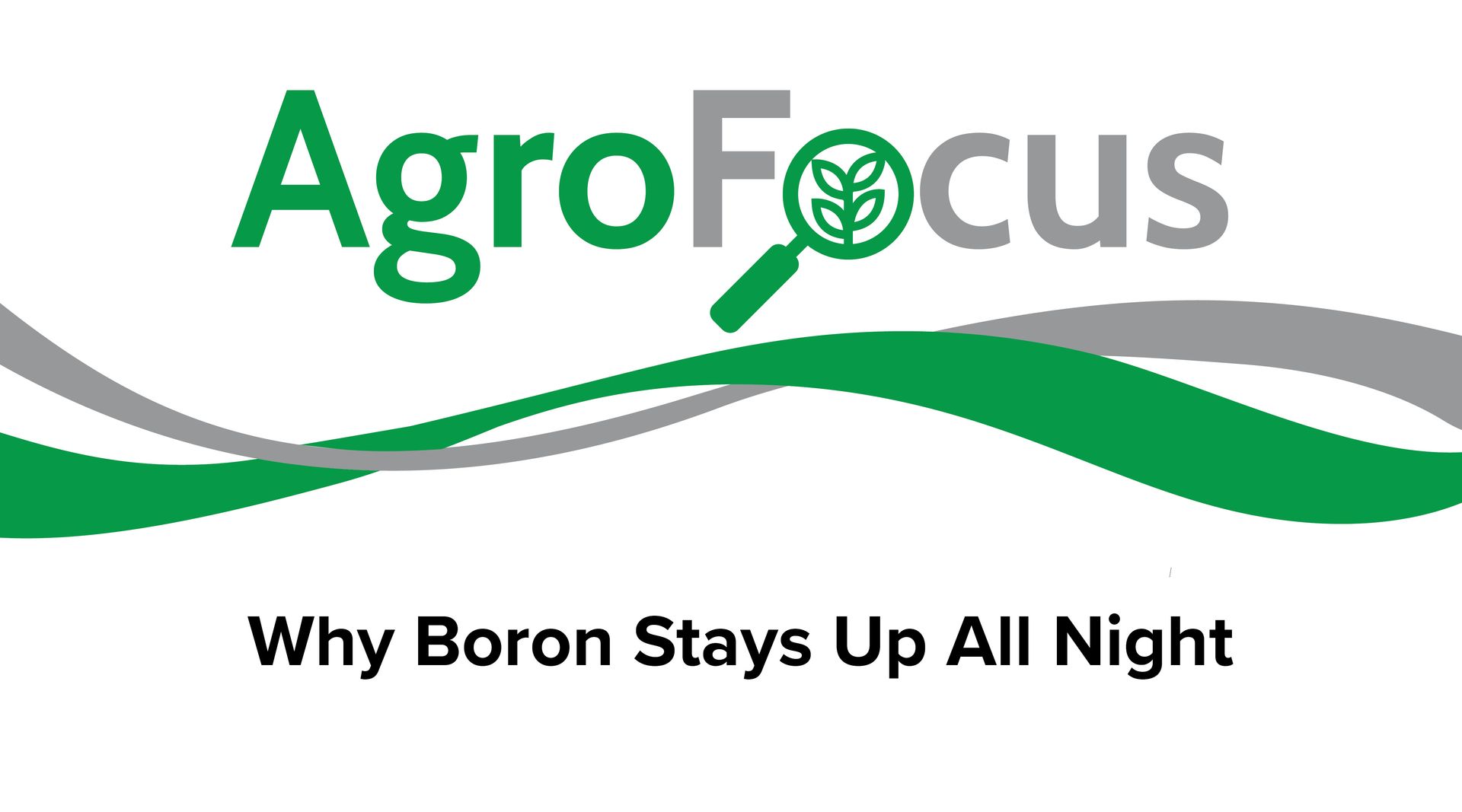Maximizing Fertilizer Efficiency SINCE 1973
ABOUT
ALPINE IS A DIVISION OF NACHURS ALPINE SOLUTIONS®.
SINCE 1946, OUR COMPANY HAS BEEN THE INDUSTRY LEADER IN NPK LIQUID FERTILIZER TECHNOLOGY.
ALPINE Brand plant nutrition is the leader in seed placed liquid fertilizer throughout Canada since 1973. All of our starter fertilizers are high in available orthophosphate to promote quick, early growth in all crops. We also manufacture and distribute a full line of foliar fertilizers as well as foliar and soil-applied micronutrients such as zinc, manganese, boron, copper, and molybdenum.
Testimonials
"I was very happy with my first experience using ALPINE and the starter kit. The system was simple and intuitive to install and use. The crop jumped out of the ground very quickly and uniformly. It allowed us to cover more acres with the drill and achieve great results."
Grower, Saskatchewan
"My ALPINE sales rep did an amazing job of seeding the plots for us this spring. He was very particular with how he completed the plots. I would be happy to work with ALPINE on plots anytime."
Jeremy Kenny, Synergy Ag
“Alpine products allows our farm to put down the nutrients the crop needs with the seed and gives us flexibility with our drill. If the crop needs nutrients in season, we can add in Alpine products without having to do another pass. It is easy to use, the semi comes to the yard and you are good for the year.”
Aleki Tomoniko, Manitoba











